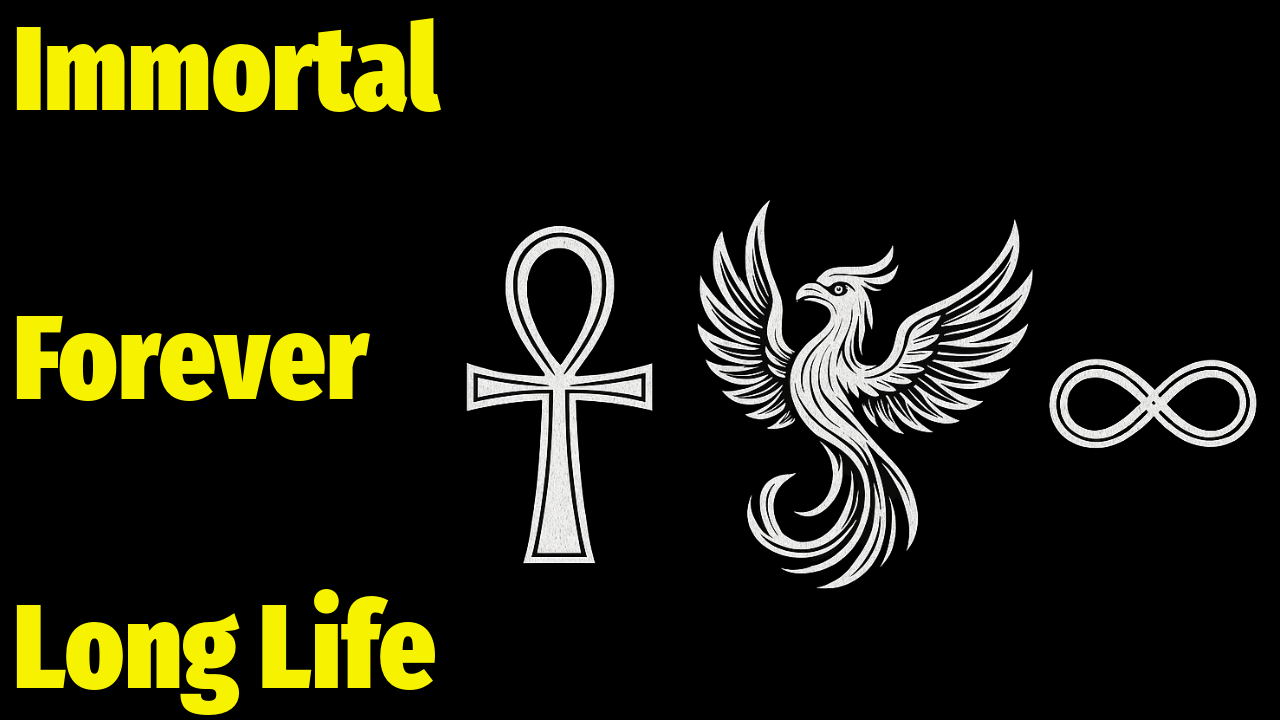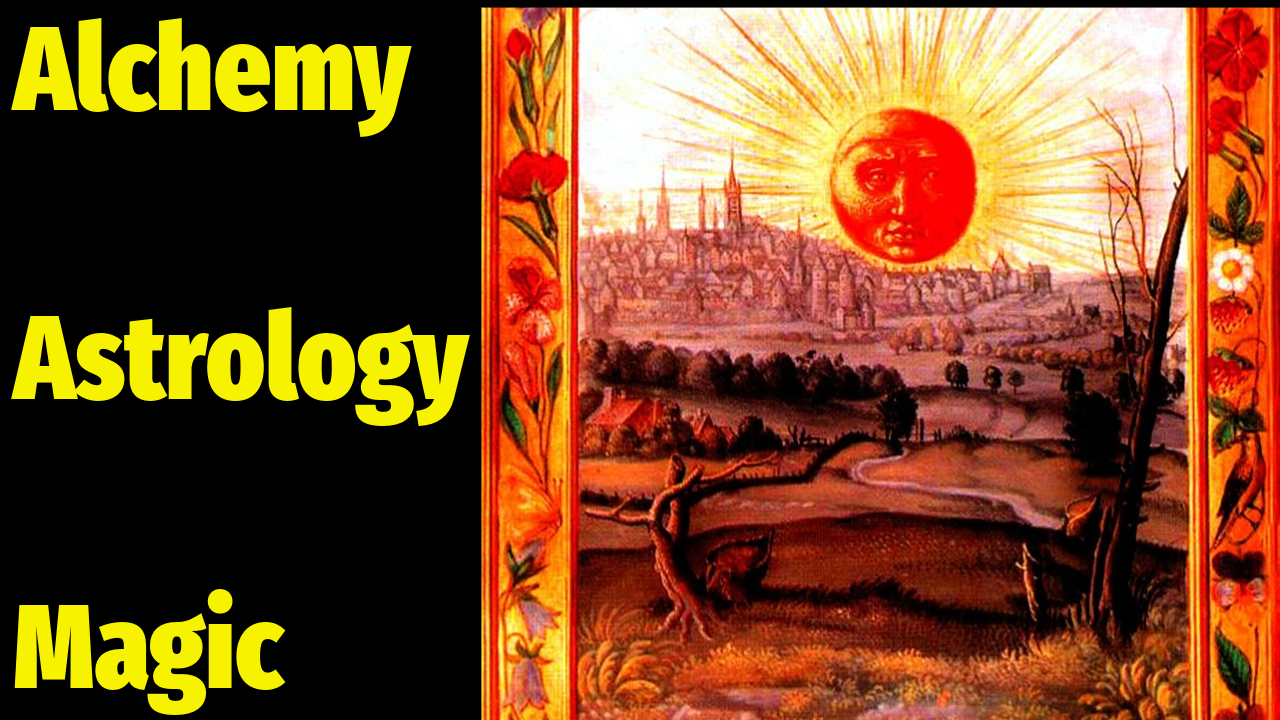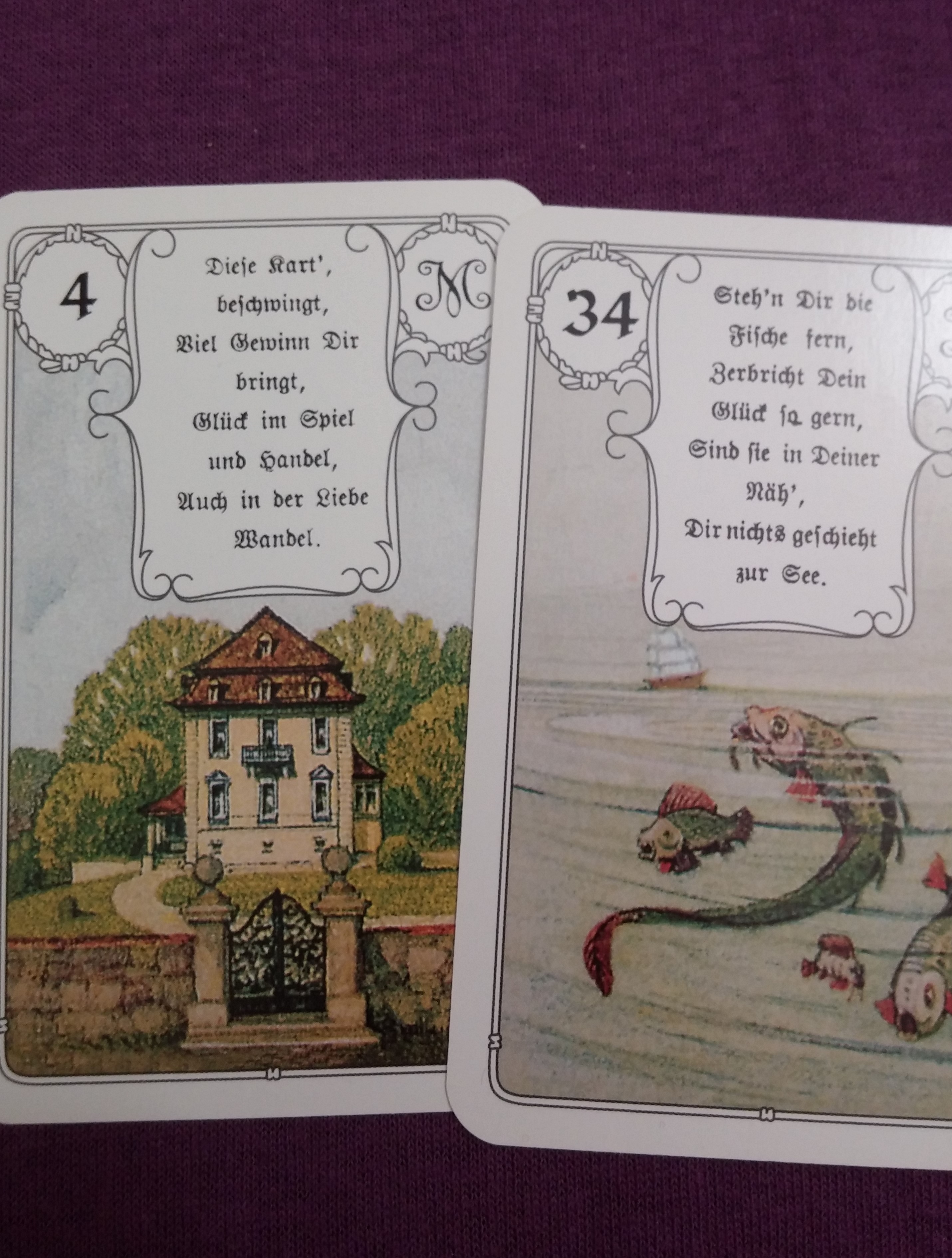
As the Earth turns, so too do the sacred rhythms of nature. Long before calendars and clocks, our ancestors marked time by the sun, the moon, and the turning of the seasons.
In modern Wicca and Pagan practice, this sacred rhythm is celebrated through The Wheel of the Year—a cycle of eight Sabbats, each one aligned with a celestial or seasonal turning point.
These festivals are more than just seasonal markers. They’re portals of power, rich with ancestral wisdom, myth, and magic.
In this article, we’ll explore the eight Wiccan Sabbats, their Pagan roots, and how they invite us to live in harmony with nature’s eternal dance—from the fires of Beltane to the shadows of Samhain.
Whether you’re a practicing Witch or simply curious about Earth-based spirituality, these sacred holidays can guide you back into deeper connection—with the land, with the cosmos, and with your own inner cycles.
Let’s begin our journey through the Wheel of the Year!
1. Imbolc (February 1–2)
Origins:
Imbolc, celebrated on February 1st, is the traditional Gaelic festival that signals the first signs of spring. In the Christian tradition, this date is known as Saint Brigid’s Day, while Candlemas is observed on February 2nd. The timing also coincides with the modern celebration of Groundhog Day. This period has long been associated with cleansing, renewal, and preparation for the growth and vitality of the year ahead.
In ancient Rome, the day was linked to pastoral life, particularly shepherd traditions, while for the Gaels, it marked the beginning of the ewes’ lactation, a sign that lambing season was near.
For Celtic neopagans, Imbolc honors the goddess Brigid, daughter of the Dagda and a prominent figure among the Tuatha Dé Danann.
Meaning:
Imbolc is a festival of new beginnings. It represents purification, inspiration, and the first spark of life after the long, dark winter. Spiritually, it’s a time to set intentions, plant metaphorical seeds, and rekindle your inner fire. Many Wiccans light candles or fires to honor the growing power of the sun and invoke Brigid’s blessing.
Theme: New beginnings, light returning, purification
Ways to Celebrate:
- Light a white or red candle to honor the returning sun and invoke inspiration for the months ahead.
- Cleanse your home or altar space to release stagnant energy and make room for new beginnings.
🌸 2. Ostara (Spring Equinox) (Around March 20–23)
Origins:
Ostara in old high German, or Ēostre in old English, is the Germanic Goddess of Spring and celebrates the vernal, or spring, equinox.
Also known as Alban Eilir in neo-Druidry, Ostara is the second of three spring festivals, falling between Imbolc and Beltane. It marks the time when day and night are equal, and light begins to overcome darkness—a celebration of renewal, balance, and nature’s awakening after winter.
Ancient spring rites often included symbols like eggs, hares, and blooming flowers, many of which were later absorbed into Easter traditions. This equinox marked a perfect balance between light and dark.
Meaning:
Ostara celebrates balance, rebirth, and fertility. Day and night are equal, but from this point, light begins to dominate—mirroring the growth happening in nature and within us. Wiccans see this as a time to cleanse the past and step fully into the energy of hope, creativity, and forward motion. It’s a wonderful moment to plant seeds, both physically and spiritually.
Theme: Balance, fertility, growth
Ways to Celebrate:
-Do Spring Cleaning to remove any stagnant energy from the home and clear the mind.
-Plant Something that you can watch grow and connect to the Earth.
🔥 3. Beltane (April 30–May 1)
Origins:
Beltane, also spelled Beltaine, is an ancient Gaelic pagan festival celebrated around May 1st. It marked the midpoint between spring and summer and the start of the pastoral summer, when livestock were traditionally moved from winter shelters to graze in the summer fields. The name comes from Old Irish Beletene, meaning “bright fire”, referring to the bonfires traditionally lit to honor the season and welcome vitality and passion. While Beltane is primarily a Gaelic festival, similar but distinct spring celebrations existed among other Celtic peoples, such as the Welsh, Cornish, Bretons, and Gauls.
Beltane honored the fertility of the land and the union of the God and Goddess, often symbolized through maypole dances and sacred rites. 10th-century Gaelic sources say that Druids lit bonfires on hilltops and led livestock through the flames to purify and protect them and to bring them good fortune. People would also pass between the fires for the same reason.
Meaning:
Beltane is a celebration of life-force energy, desire, and sacred union. It’s a time when the veil between worlds is thin—just like Samhain—but instead of honoring death, we honor love, lust, and the fertility of creation. Many practitioners use this Sabbat for love spells, creative pursuits, and connecting to sensual or divine feminine energy. It’s the spark of life in full flame.
Theme: Passion, union, creativity, sacred fire
Ways to Celebrate:
-Jump over a small flame or candle (safely) while focusing on your intentions for love, vitality, or transformation.
- Craft and wear a flower crown to celebrate beauty, abundance, and your connection to the Earth.
☀️ 4. Litha (Summer Solstice) (Around June 20–22)
Origins:
Litha, also known as the summer soltice, or Midsummer, was a festival widely celebrated in ancient Europe, especially among Druids and Norse tribes. The name Litha is believed to correspond to the month of June/July in the Old English calendar. Litha is also the name of a Celtic Goddess of prosperity, the harvest, and nature’s fertility.
Litha marks the longest day of the year, when the sun is at its peak power and the Earth is giving maximum abundance. Beyond the sun, this is when we celebrate gestation—the story of the Goddess completing her pregnancy, reflecting the Earth bringing life to future harvests.
Bonfires were lit to honor the sun and ward off evil spirits, while herbs were harvested under its blessing.
Alongside tales of the sun and the Goddess, there are also year-round myths of the Oak King and the Holly King. At this point in the Wheel, the Holly King begins his reign, lasting until the Yule Sabbat.
Litha is a time of light, purification, healing, abundance and above all, a solar celebration. This festival was later replaced by the Christian feast of Saint John’s bonfires.
Meaning:
Litha celebrates illumination, vitality, and abundance. It’s the high point of the solar cycle—everything is in full bloom, and life is bursting with potential. Spiritually, it’s a time to reflect on your own personal power, give thanks for your progress, and prepare for the inward journey ahead as the days begin to shorten. It’s also an ideal time for solar magic, healing, and protection rituals.
Theme: Abundance, power, illumination
Ways to Celebrate:
-Watch the sunrise or sunset and offer gratitude for the strength and abundance of the sun at its peak.
-Have a Solstice Picnic featuring seasonal fruits and vegetables like strawberries, blueberries and fresh greens.
🌾 5. Lammas / Lughnasadh (August 1)
Origins:
Lughnasadh, is a Gaelic festival that signifies the start of the harvest season. It is named after the Celtic God Lugh, a warrior and master of all skills. It coincides with the Christian holiday Lammas, that also celebrated the beginning of the harvest season. Lammas has been embraced by some neopagans as a harvest festival in the Wheel of the Year, aligning with the Gaelic celebration of Lughnasadh.
It was the first of three fall festivals, along with Mabon and Samhain. It celebrates the grain harvest and the hard labor of the summer months and was a time of feasting, athletic games, and community gatherings.
The corn dolly is a symbol of Lughnasadh. Traditionally, corn dollies made at Lughnasadh—or their ashes—were returned to the earth at Imbolc, symbolizing the Corn Spirit’s return and encouraging a bountiful harvest in the coming year.
Meaning:
Lammas is about gratitude, sacrifice, and reaping what you’ve sown. Spiritually, it invites reflection on the efforts you’ve made and the “harvest” you’re beginning to receive in your life. It also reminds us that abundance comes with effort, and that all things must be honored and released in their time. Wiccans often bake bread, share meals, and perform rituals of thanksgiving and offering.
Theme: Gratitude, harvest, sacrifice
Ways to Celebrate:
-Bake a simple loaf of bread and bless it as a symbol of gratitude for the first harvest.
- Write down and reflect on what you’ve achieved so far this year, giving thanks for personal growth and effort.
🍂 6. Mabon (Autumn Equinox) (Around September 20–23)
Origins:
Though the name “Mabon” is a modern Wiccan invention (named after a Welsh god), autumn equinox celebrations were widespread in pagan and agrarian cultures. It marked the second harvest—a time to store food, honor the Earth’s gifts, and begin preparing for winter. A second harvest is celebrated in many cultures—for example, Oktoberfest.
Originating in the 1700s in Bavaria this festival began in late September and was filled with feasting and celebration. It remains a vibrant tradition, still celebrated today in Bavaria and around the world.
Often times Wiccans may pick apples during this time, as apples are a common symbol of the second harvest.
The Cornucopia (Horn of Plenty) is one symbol most frequently associated with the autumn equinox.
Meaning:
Mabon is a celebration of balance, reflection, and release. Just like Ostara, day and night are equal, but now darkness begins to overtake the light. This is a time for spiritual inventory—to give thanks, to honor what has been completed, and to release what no longer serves. It’s the witch’s thanksgiving and an ideal time for shadow work, grounding rituals, and letting go.
Theme: Balance, reflection, thanksgiving
Ways to Celebrate:
-Take a mindful walk in nature and leave an offering like herbs, fruit, or bread to honor the Earth’s generosity.
- Celebrate with seasonal foods like apples, mushrooms, and squash, or host a potluck or food drive to share the harvest.
🎃 7. Samhain (October 31–November 1)
Origins:
Samhain (pronounced Sow-in) was the most important Celtic festival of remembrance, also known as the Celtic New Year. It marks the Earth’s final harvest and the beginning of the dark half of the year, – the coming winter. The name comes from the old Irish word meaning “summer’s end .
As one of the four major Gaelic fire festivals, it inspired many Halloween traditions like costumes, pumpkin carving, and trick-or-treating. Celebrations often include lighting candles, divination, feasting, and ancestral rites. It was believed that during Samhain, the veil between the worlds was thinnest, allowing spirits to visit the living. This is the true origin of modern Halloween.
Meaning:
Samhain is the Witches’ New Year, a time of death, transformation, and ancestral reverence. It’s a sacred moment to honor those who came before, reflect on the cycles of life and death, and commune with spirit guides and ancestors. Many Wiccans build ancestor altars, conduct divination, or perform rituals for release and rebirth. It is deeply personal, powerful, and magical.
Theme: Ancestors, death and rebirth, shadow work
Ways to Celebrate:
-Set up a small ancestor altar with photos, candles, or offerings to honor and connect with your beloved dead.
–Perform a divination ritual using tarot, runes, or scrying to receive guidance as the veil between worlds thins.
❄️ 8. Yule (Winter Solstice) (Around December 20–23)
Origins:
Yule, in pre-Christian Germanic tradition, was celebrated by Germanic, Norse, and Celtic tribes as the winter solice festival, marking the rebirth of the sun god during the darkest night of the year.
In some traditions, it symbolizes the death of the Holly King, representing the old year, and the rise of the Oak King, symbolizing renewal and the returning sun. Others celebrate the birth of the Sun God, echoing older solar festivals like Sol Invictus and the Saturnalia of ancient Rome.
Today, it’s celebrated in many Pagan and Neopagan paths, including Wicca and Druidry, as one of the eight Sabbats—typically on December 21 in the Northern Hemisphere.
Traditions like the Yule log, evergreen trees, and mistletoe stem from this time, celebrating light’s return and the promise of spring.
Meaning:
Yule is a time of hope, stillness, and sacred renewal. Though the darkness is at its peak, the light begins to grow once more. Spiritually, it is a reminder that rebirth always follows death, and the sun will rise again. Wiccans celebrate by lighting candles, decorating with evergreens, and holding space for quiet reflection, peace, and the magic of inner light.
Theme: Rebirth, rest, hope, light in darkness
Ways to Celebrate:
-Light a Yule log or candle to symbolize hope, warmth, and the rebirth of the sun on the longest night of the year.
-Spend time in quiet reflection, journaling or meditating by candlelight to align with the energy of rest and renewal.
In closing, The Wheel of the Year is not just an ancient calendar—it’s a spiritual compass. The Sabbats aren’t just historical rituals—they are mirrors of your own inner journey. Each one invites you to pause, reflect, celebrate, and evolve.
The Wiccan path is one of deep reverence—for the earth, the cosmos, and the spirit within. These 8 sacred festivals remind us that magic isn’t separate from the seasons—it is the seasons.
Until we meet again—may your days be blessed, and may your magic grow with the turning of the wheel.
So which is your favorite festival? Is there a special way you like to celebrate? Let us know in the comments below!
Don’t forget to like, subscribe and share the post!
Check our website for consultations, Tarot readings, exclusive videos, courses, Occult related items and more!!!
Video version with images here:
Europe’s Occult Calendar Decoded – The Wheel of the Year in 8 Pagan Holidays
Interesting sources, additional info, courses, images, credits, attributions and other points of views here:
Balancing and Healing the Chakras through Yoga https://www.udemy.com/course/balancing-and-healing-the-chakras-through-yoga/?referralCode=12C81A148616B419AA06
Mudras to Balance and Harmonize your Chakras and Energy Body https://www.udemy.com/course/mudras-to-balance-and-harmonize-your-energy-body/?referralCode=1A275C6E67E05E8C8130
Elemental Energy for Success and Well Being https://www.udemy.com/course/elemental-energy-for-success-and-well-being/?referralCode=A680413E03BEAD96E744
Book a Tarot reading here: https://www.suryaholistictarot.com/book-a-reading/
Check our soundtracks here:
https://lennyblandino.bandcamp.com/track/fire-meditation-1
Websites:
https://www.staciebronson.com/
Links and References:
https://www.northernpaganism.org/shrines/ostara/about.html
https://wiccaliving.com/wiccan-calendar-ostara-spring-equinox/
https://www.pagangrimoire.com/ostara-celebrate/
https://en.wikipedia.org/wiki/Wheel_of_the_Year#Spring_Equinox_(Ostara)
https://it.wikipedia.org/wiki/Beltane
https://wiccaliving.com/wiccan-calendar-litha-summer-solstice/
https://www.carlanayland.org/essays/litha.htm
https://mysticsmoons.com/2019/06/08/sabbat-litha-histoire-symboles-correspondances/
https://www.cerdeirahomeforcreativity.com/our-blog/2023/06/09-litha-celebrating-radiance-midsummer
http://www.enchanted-hollow.com/lammas-lughnasadh/
https://haven-of-rowan.webnode.page/l/corn-dollies-of-lughnasadh/
https://en.wikipedia.org/wiki/Lughnasadh
https://www.cosmopolitan.com/lifestyle/a37051456/how-to-celebrate-mabon/
https://www.britannica.com/topic/Samhain
https://cosmicdrifters.com/samhain-festival-how-to-celebrate-this-pagan-tradition/
https://teaandrosemary.com/samhain-rituals-traditions-ways-to-celebrate/
https://it.wikipedia.org/wiki/Yule
Pics:
https://pixabay.com/videos/blue-earth-world-globe-global-map-5194
https://pixabay.com/videos/secret-gate-portal-dimension-46134
https://pixabay.com/videos/nature-waves-ocean-sea-rock-31377
https://www.pexels.com/video/groundhog-eating-17085966
https://www.pexels.com/video/flames-in-bonfire-12617310
https://pixabay.com/photos/candles-light-burn-burning-candles-1851176
https://pixabay.com/videos/candle-wick-fire-burns-dark-light-220477
https://www.pexels.com/video/woman-mopping-the-bedroom-floor-4440689
https://en.wikipedia.org/wiki/Equinox#/media/File:GOES_16_September_Equinox_2022.jpg
https://pixabay.com/videos/snowdrops-blooming-blossom-flower-2222
https://en.wikipedia.org/wiki/Maypole#/media/File:Maypole_in_Lustleigh_in_Spider’s_Web_pattern.jpg
https://www.pexels.com/photo/men-putting-stand-on-a-cut-tree-13613878
https://pixabay.com/photos/midsummer-celebration-tunet-aln%C3%B6-1037824
https://pixabay.com/photos/vineyard-sunrise-sun-farm-428041
https://en.wikipedia.org/wiki/Dea_Gravida
https://en.wikipedia.org/wiki/Druid
https://www.pexels.com/video/flora-blooming-856006
https://www.pexels.com/video/video-of-a-person-meditating-7414843
https://en.wikipedia.org/wiki/Harvest
https://en.wikipedia.org/wiki/Lugh#/media/File:Lugh_spear_Millar.jpg
https://en.wikipedia.org/wiki/Corn_dolly#/media/File:ZCornMaiden.jpg
https://www.pexels.com/video/an-elderly-woman-giving-a-gift-to-her-husband-3192051
https://www.pexels.com/video/close-up-shot-of-bread-slices-on-a-dinner-table-5962127
https://www.pexels.com/video/writing-viewpoint-outdoors-thinking-4596337
https://heartofthewitchspath.wordpress.com/2016/08/11/abcs-of-celtic-mythology-mabon-and-modron/
https://www.pexels.com/photo/woman-picking-an-apple-from-a-tree-9936557
https://www.pexels.com/video/a-person-burning-a-card-with-a-matchstick-6555583
https://www.pexels.com/photo/serene-forest-pathway-in-a-birch-tree-grove-32133134
https://www.myirishjeweler.com/blog/samhain-and-celtic-new-year/
https://www.pexels.com/photo/woman-in-black-spaghetti-strap-top-sitting-on-chair-6944691
https://www.pexels.com/photo/close-up-photography-of-dry-leaves-1000078


